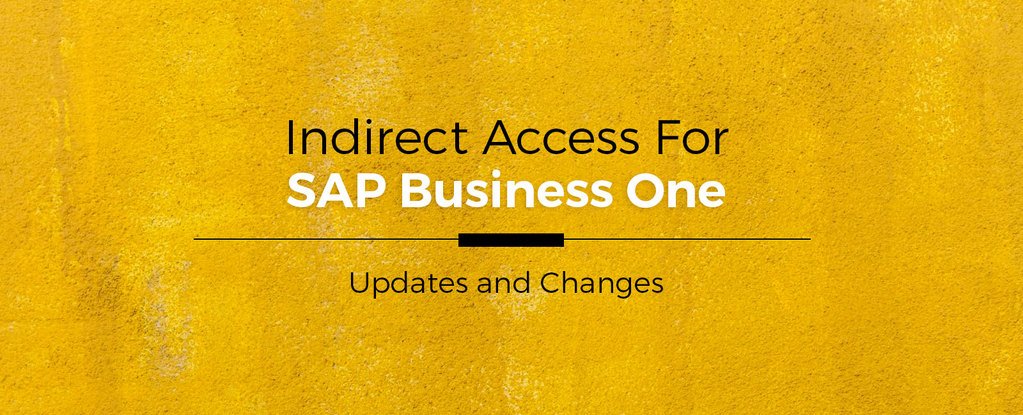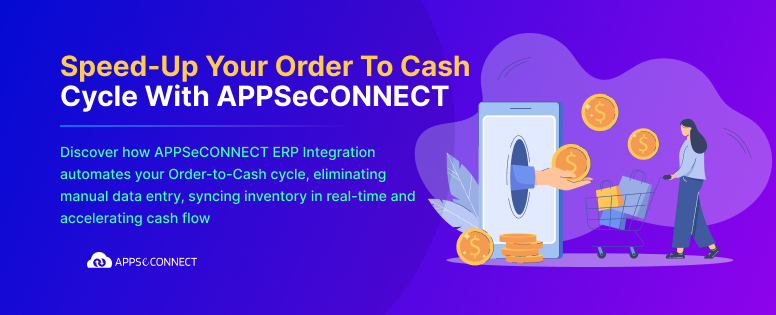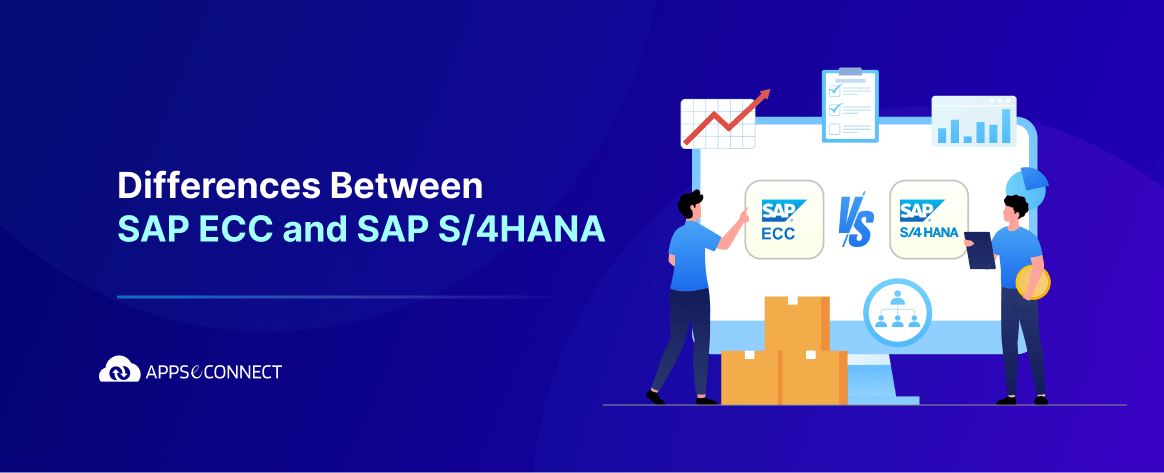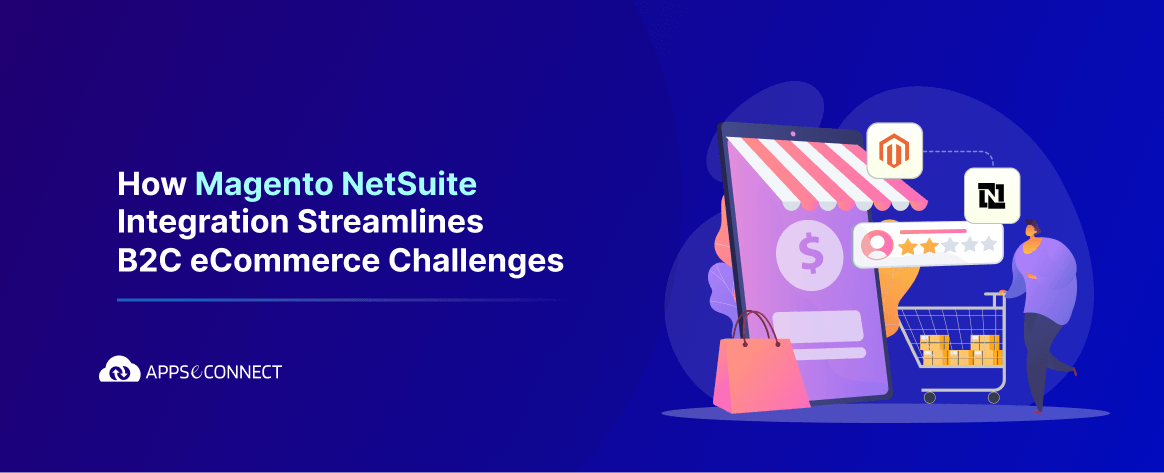Indirect Access has become a key concern of ERP OEMs. In recent years we have seen big debates regarding Indirect Access of SAP ERP. SAP Business One also has some Indirect Access specific licenses/user roles, but these were defined a long time back. SAP has updated Indirect Access rights of SAP Business One recently in July 2018 and in this article, I will mention about the latest updates regarding Indirect Access for SAP Business One.
Previous SAP Business One Indirect Accesses:
- Direct Access Users: Professional, Limited, Mobile and Starter Package
- Indirect Access User (Per Named User)
- B1iF (Integration Framework for SAP Business One) (Per Instance)
- DI Server (Per CPU Core)
Problems with Previous Indirect Access Licenses:
- DI Server is a technology for System Integration, but since it is licensed as a Per CPU Core, often it becomes costly for the Organizations. So organizations have no choice but to use DI API which is often slow in performance and has known Memory Leak Issue as well.
- Indirect Access was introduced to address situations where SAP Partners create simple Add-Ons with limited business value to the end customer and where end customer doesn’t want to invest in User Licenses for such small feature extension. While now we can see Indirect Access has often become a key element in Solution Proposals to end customer, using the Internet to allow more sophisticated integration. There are solutions which are even not dependent on SAP Business One UI, rather having UI outside of SAP B1.
- Indirect Access leverages a lot of SAP Business One IPs now a day
Updates Regarding Indirect Access for SAP Business One – July 2018:
- Increase Indirect Access User License cost to almost a factor of 2, closing the big gap between Direct Access User License and Indirect Access User License End User Price
- Technology and Price and now different from each other. DI Server, DI API, B1iF and Service Layer all these are technologies and available to use by any organization. While to access SAP B1 using any of these technologies, organizations will be needing Indirect Access User License.
Updates on Indirect Access Price List Items:
- Indirect Access Per User License price increased with a factor of 2
- B1iF Price List Item has been replaced with Indirect Access Per Instance and it’s price increased with a factor of 2
- DI Server is no longer a Price List Item, it is purely a technology like DI API and Service Layer
Current Price List (Germany) of Indirect Access for SAP Business One:
| Price List Item | Price (Euro) |
| SAP Business One Indirect Access (Per User) | 300 |
| B1iF (Retired) | 750 (Retired) |
| SAP Business One Indirect Access (Per Instance) | 1500 |
| SAP Business One DI Server – Per CPU Core (Retired) | 180 (Retired) |
 Current Price List (Germany) of Indirect Access for SAP Business One Cloud, Partner Hosted Option :
Current Price List (Germany) of Indirect Access for SAP Business One Cloud, Partner Hosted Option :
| Price List Item | Price (Euro) |
| SAP Business One Cloud Indirect Access (Per User, Partner Hosted Option) | 8 Per Month |
| B1iF (Retired, Partner Hosted Option) | 19 Per Month (Retired) |
| SAP Business One Cloud Indirect Access (Instance Based, Partner Hosted Option) | 38 Per Month |
| SAP Business One Cloud DI Server (Retired- Partner Hosted Option) | 5 Per Month (Retired) |
** Pricing Information might not be accurate, this is based on information available on the web. Pricing can vary based on region as well.
Indirect Static Read:
Example – ABC Organization uses SAP Business One. An employee of ABC Organization view Balance Sheet report in a non-SAP system where such data was sent from SAP Business One prior to employee accessing the non-SAP system
SAP’s Policy in simple terms in the scenario is:
- Exporting Data from the SAP to Non-SAP system definitely needed Indirect Access User License
- Viewing such data in a non-SAP system doesn’t necessarily need Indirect Access User License
Here is SAP’s Policy regarding Indirect Static Read
This is a scenario in which information has been exported from an SAP system (other than SAP Analytics Packages) to a non-SAP system pursuant to a predefined query that meets the following criteria:
- was created by an individual licensed to use the SAP system from which the information is being exported
- runs automatically on a scheduled basis, and the use of such exported information by the non-SAP systems and/or their users does NOT result in any updates to and/or trigger any processing capabilities of the SAP System.
SAP’s policy is that the use of such exported data in 3rd-party non-SAP systems does not need to be licensed, as long as all of the above criteria for indirect static read are met.
Now, you can easily integrate your SAP Business One ERP system with Ecommerce store, Marketplace, CRM, Shipping, POS and Accounting softwares to automate the business process!
You may also like:
SAP Business One 9.3 is Available on the SAP Cloud Appliance Library
Module Level Rights For SAP Business One User Licenses




















